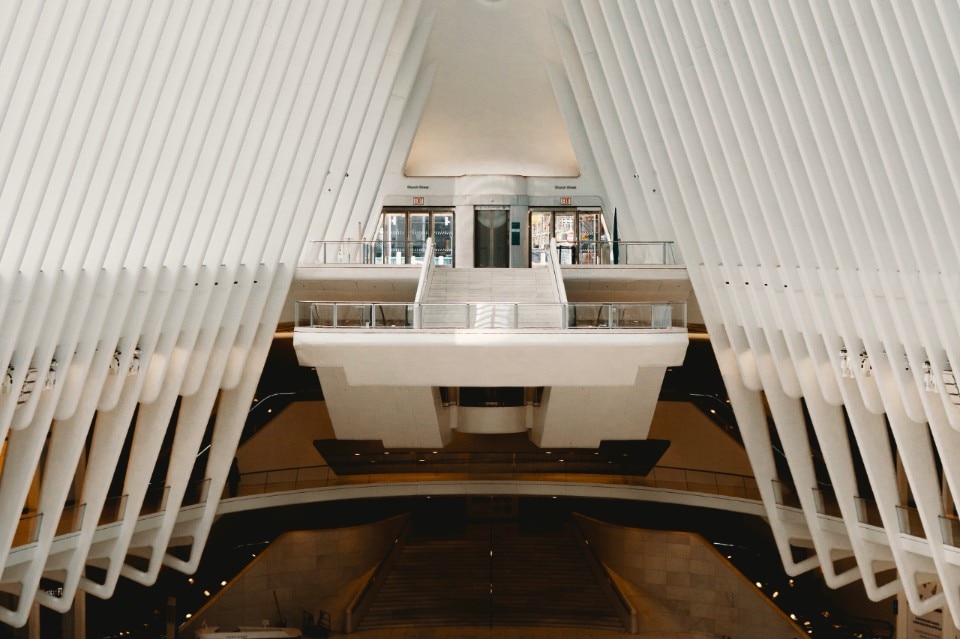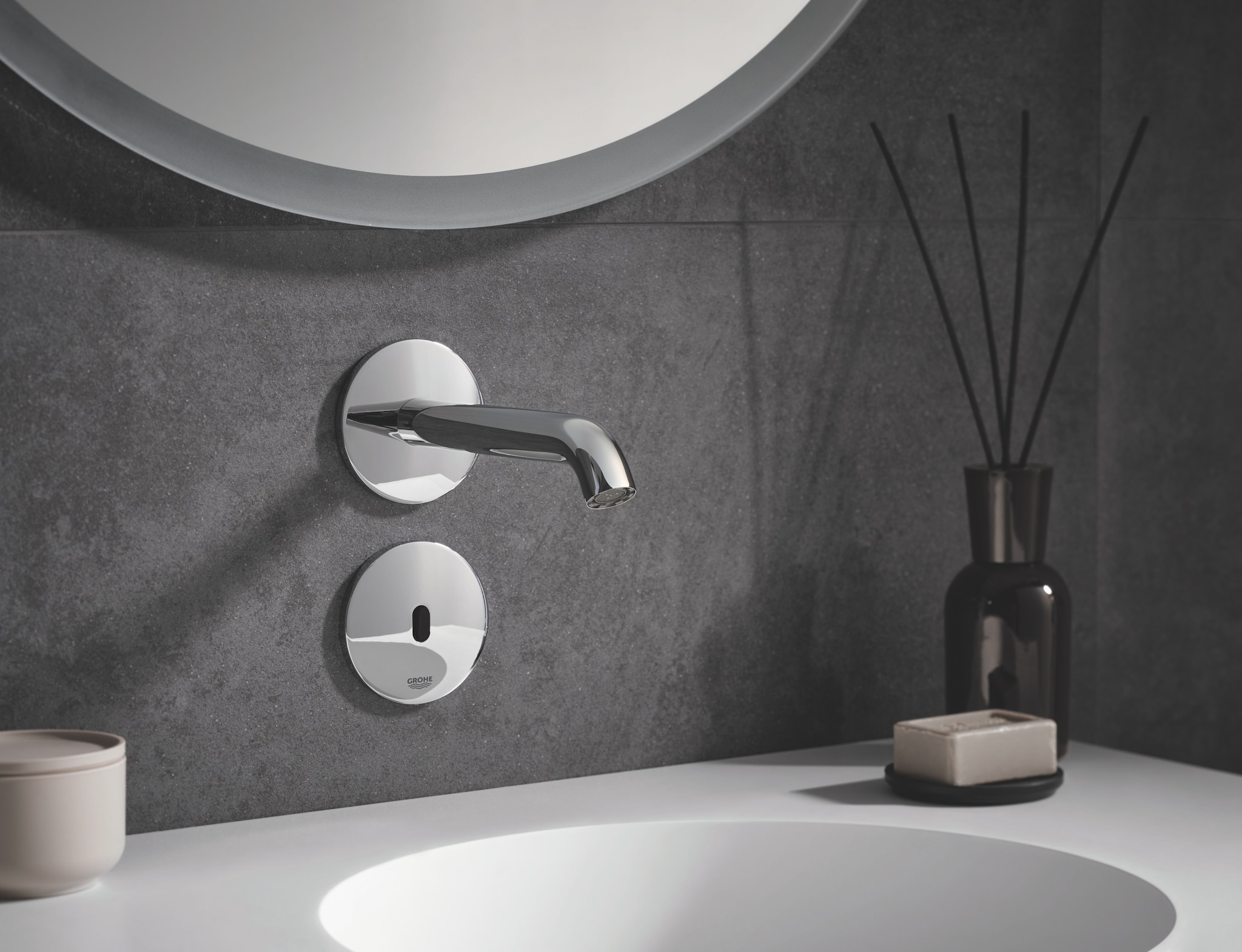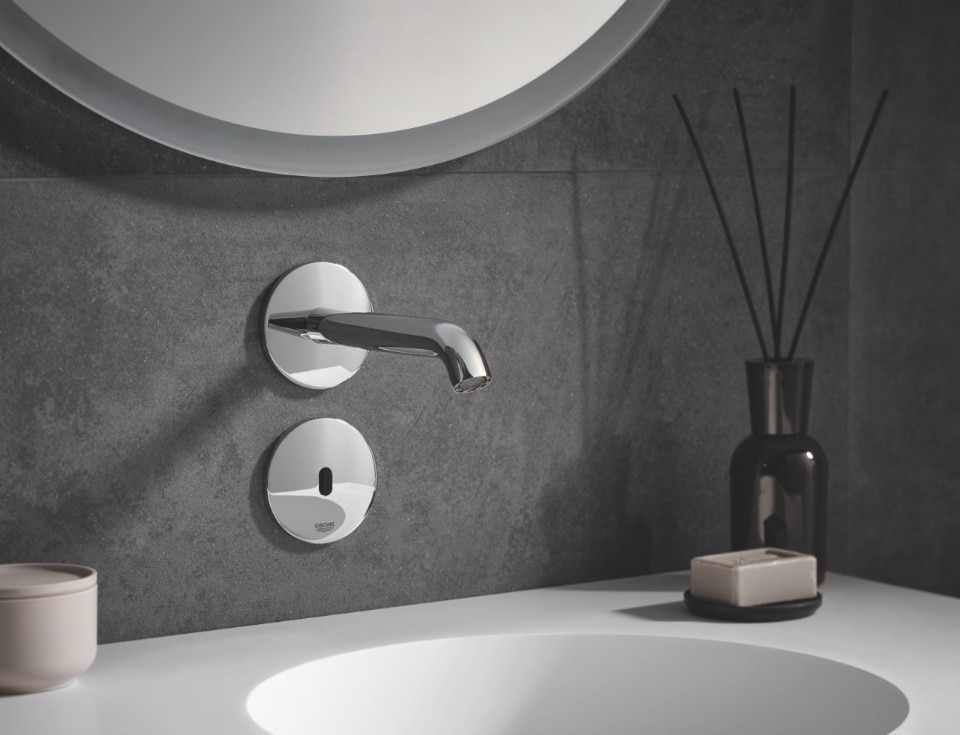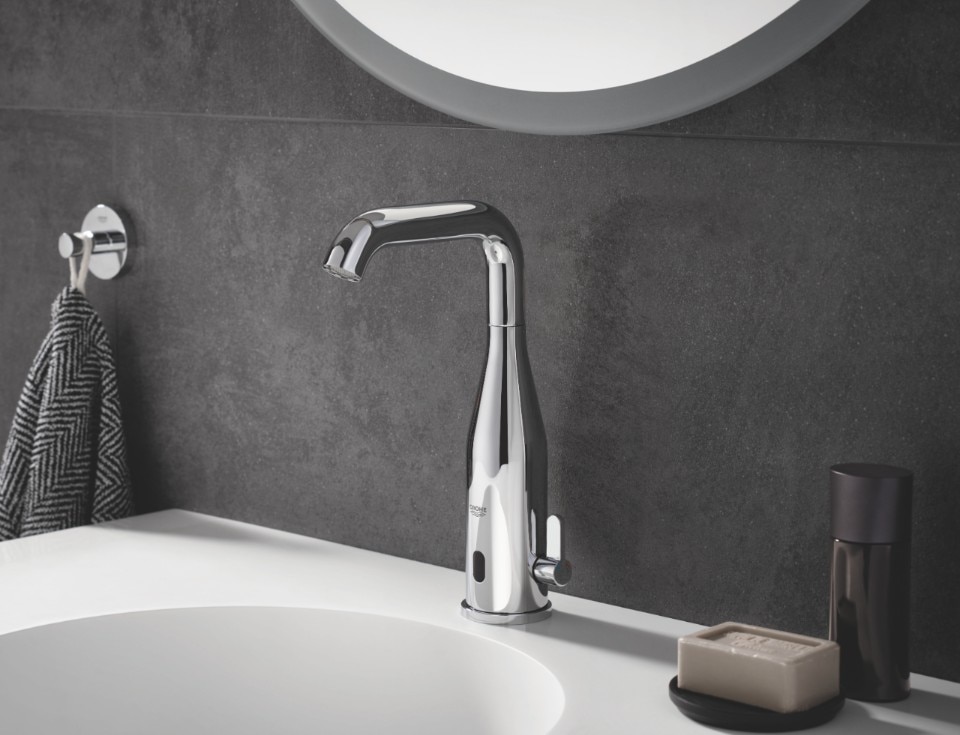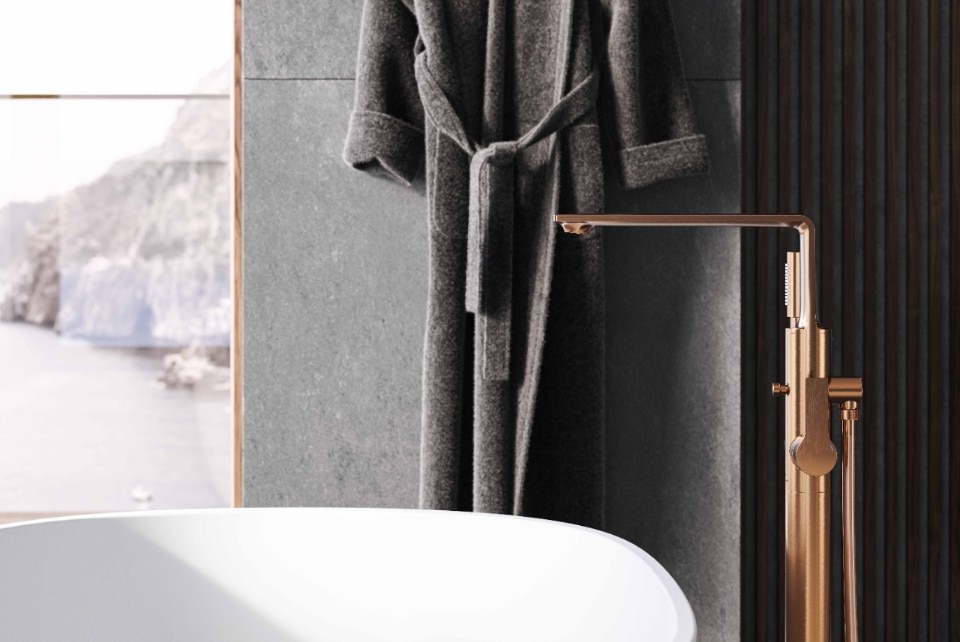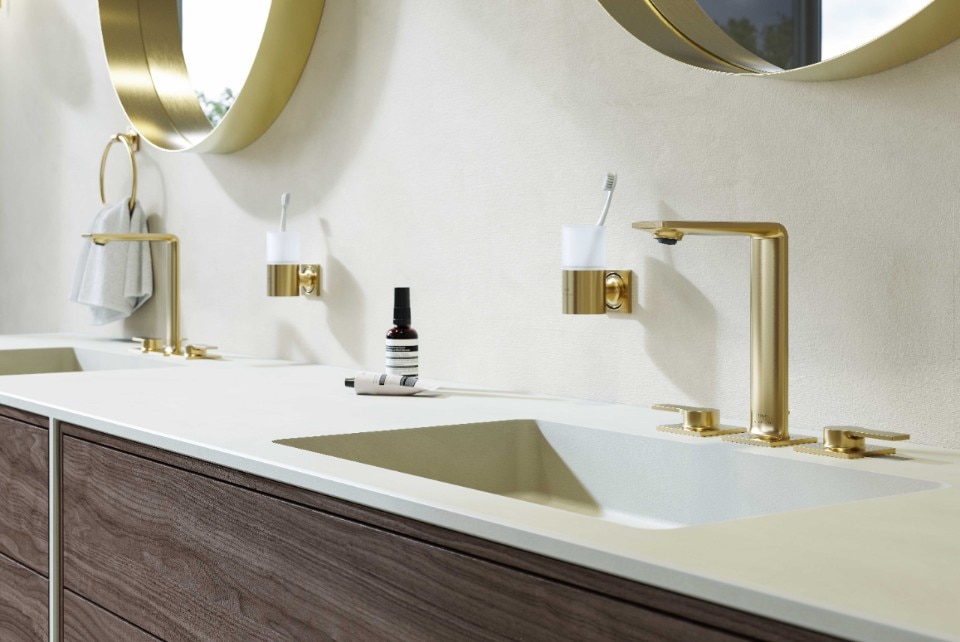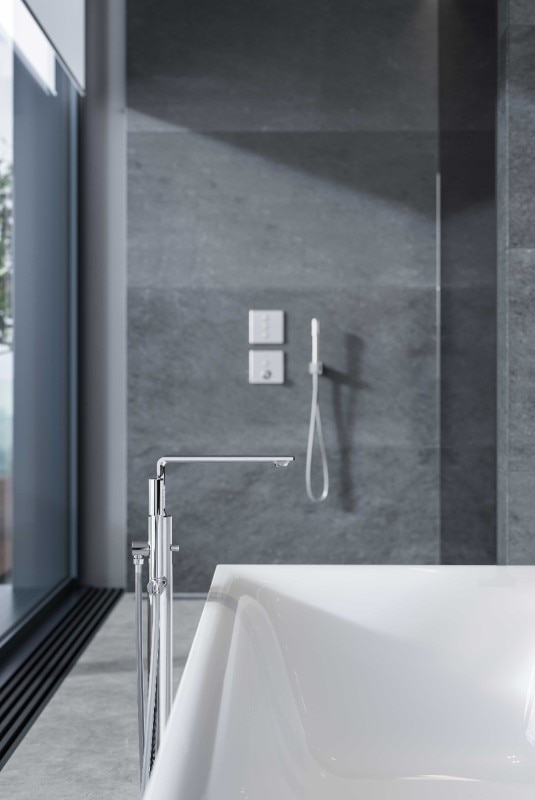Covid-19 emphasised the urgency of inclusive healthy built environments, not only for regaining people's trust and allowing a safe return to indoor spaces but for their key role in preventing the spread of future viruses too.
The way we design the buildings we inhabit is vitally important to our physical, mental, and social well-being. Whether private or public, urban or rural, built environments should support health for all. Even more, in times of sanitary emergency in the face of a global pandemic, wisely planning decisions such as transportation systems, work environments, and community design could significantly influence the outcome of the crisis.
Re-assessing health standards
“Our physical and social environment has a huge impact on our health, from our changing views and exposure to nature, to how our food is produced and packaged, and how we get around within offices, schools and other places,” Ann Marie Aguilar, Senior Vice President of International WELL Building Institute (IWBI) tells Domus.
The Institute, which leads the global movement for advancing health and wellbeing in buildings, promotes the WELL Health-Safety Rating, developed in response to acute health threats. Taking into account performance metrics such as air and water quality, lighting, and acoustics, the rating focuses on reducing exposure to pathogens and infectious diseases, Aguilar explains.
For example, guaranteeing a basic level of indoor air quality contributes to the health and well-being of building users and it has now become a fundamental requirement that indoor air is tested for contaminants such as particulate matter (PM2.5/PM10) and volatile organic compounds (VOCs).
The IWBI rating’s guidelines particularly resonated during and immediately after the pandemic, when it reached the one billion square foot mark of spaces enrolled, spanning all industries and building types. “Achieved in just nine months, this milestone signals accelerated global adoption of strategies that use buildings as frontline caregivers in the immediate battle against Covid-19 and help companies move toward a long-term commitment to healthier places,” Aguilar points out.
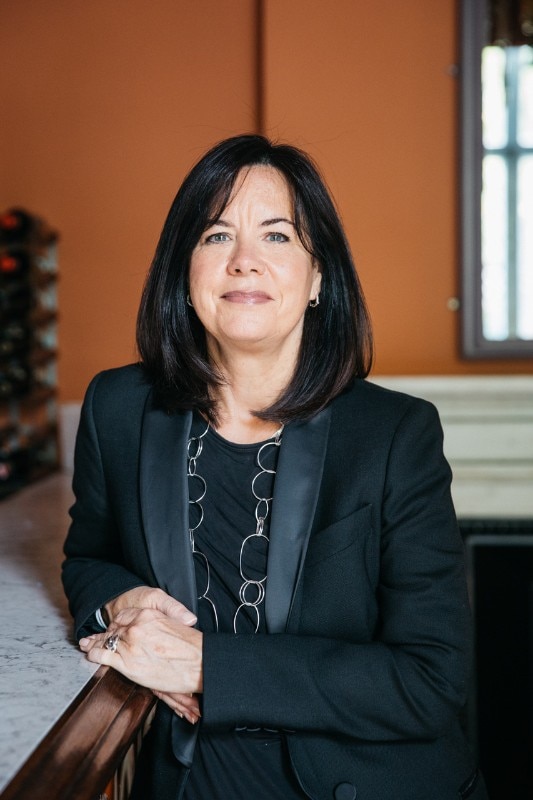
Tech-powered design for welleing
As an immediate market impact caused by the virus outbreak, consumers shifted towards products that can guarantee a higher safety return with similar levels of comfort and practicality. Patrick Speck, Leader of LIXIL Global Design, EMENA , took this matter to heart.
“How can we, as a group, understand these needs and then create products that ease everyday routines while supporting mental and physical wellness?” Speck says. The answer, he points out, lies in a more profound engagement with consumers to gather ethnographic data, behavioural analysis, and quick responses towards universal design solutions.
“The architecture of public spaces is changing and I think that, in order to be relevant again for all sorts of demographics, we need to create experiences between the consumer and the product that favour comfort, help people with all levels of ability to stay independent, and offer sustainable solutions,” Speck comments.
These guidelines on hygiene and well-being are clearly reflected, among others, in GROHE products, one of the brands of the LIXIL group and a global leading firm in sanitary fittings manufacturing for bathroom and kitchen. In particular, the company enhanced its line adopting touchless technology which, in addition to ensuring better levels of hygiene, can offer advantages in terms of accessibility and waste reduction.
“From recent research conducted across restaurants in the UK, we found out that consumers definitely feel more comfortable and reassured to go to any public space equipped with touchless design,” Speck explains. “There’s now a bigger need for it to further extend into public spaces.”
But the new design standards and lifestyles influenced private spaces as well. In fact, the latest collections of the brand also highlight the new central role assumed by the bathroom during the pandemic, as in the case of the renewed GROHE SPA line that offers tailor-made sensory experiences for recreating a domestic spa.
“I’m a big believer in terms of what we can do with new technologies,” Speck continues. “And right now, we’re just scratching the surface of what we can do with them, like customising products, reducing material usage, and cutting water and energy consumption in the manufacturing process.” Speck added that, in the future, digitalisation will be another field for the brand to explore, as it could help better understanding and predicting the interplay of human health behaviours and procedures.
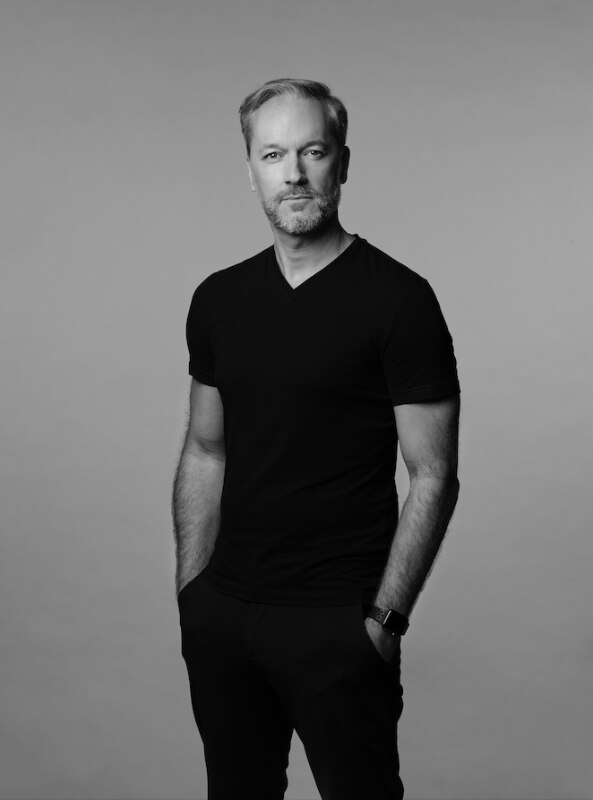
More inclusive safe spaces
Dr Helen Pineo, Lecturer in Sustainable and Healthy Built Environments at UCL Institute for Environmental Design and Engineering (IEDE), believes that we have adopted a narrow conceptualisation of health standards for buildings so far. We should not focus “only on their occupants but also on neighbouring communities and even people living much further away,” Pineo says.
According to her, these past months highlighted how improving the quality of life and wellbeing should be done on a societal scale rather than benefitting only privileged groups. “A healthy building takes into account the public’s need at large,” she comments. “And we'll need to apply that approach both across space (locally, regionally, globally) and over time.”
However, several different factors will need to be taken into consideration before we start radically redesigning buildings. “It’s challenging for standards to react too quickly to Covid-19 because we still need to see how different interventions like vaccines and behavioural habits can help to reduce transmission,” Pineo points out.
From her perspective, what can be done is focusing on home design, particularly on meeting decent-sized minimum space standards. “In the UK, we have the smallest homes in Europe, which during the pandemic played out negatively. People didn’t have a place where to work comfortably and safely and were undergoing greater infection risks in overcrowded housing,” she explains addressing her recent research on the subject.
Therefore, as we explore how different stakeholders go about implementing the new post-pandemic standards, Pineo believes that the framework should be redefined towards not only a healthier design process but also a more inclusive, equitable and sustainable one. “Differences in the quality of the built environment across society cause unfair health effects but it's also something we can change.”
A healthy building takes into account the public’s need at large, and we'll need to apply that approach both across space (locally, regionally, globally) and over time.
A change in behavioural habits
And lastly, in the challenge to create new safe built environments a significant role will be also played by neuroscience, psychology and behavioural science-based interventions.
“Covid-19 represented a topical moment, marking a 'before' and 'after' in the time axis of many disciplines. In the psychology of space this has been particularly evident,” Dr Alessandra Micalizzi, psychologist and co-author of the book Psychology of living. Marketing, architecture and neuroscience for the development of new housing models explains to Domus.
Micalizzi illustrated how, during the pandemic, the way we perceive and relate to spaces has radically changed. “Some have experienced the domestic space with profound pleasure and well-being, others saw it as a prison or a box. Covid-19 totally changed our perception of familiar spaces.” According to the psychologist, our homes became the symbol of isolation, semi-external spaces such as balconies and terraces turned into bridges to the outside world and social participation, while public places (at least for some) might still be synonymous with anxiety or fear.
“It’s the so-called “hut syndrome”, a feeling of closure to the outside world that leads to a more moderate reconquest of spaces and, at times, even characterised by fear,” Micalizzi says. “This attitude depends a lot on the proximity of one's experience of the virus.”
Returning to the pre-Covid relationship with space will not be easy but, at least, it will be possible to familiarise, socialise and gradually regain possession of the external environment through the reconstruction of old routines (“Like by choosing to go out and giving up a delivery instead,” the psychologist says) and by maintaining the precautions introduced during the pandemic, such as social distancing, face masks, hand sanitisation, distanced greetings, and so on.
In any case, what seems certain is that “to regain possession of the external environment it will be necessary to rewrite new habits and we’ll have to work on the architectural as much as on the behavioural one," Micalizzi concludes.
Opening image: The World Trade Center, New York, during the Covid-19 pandemic. Photo Alec Favale.


